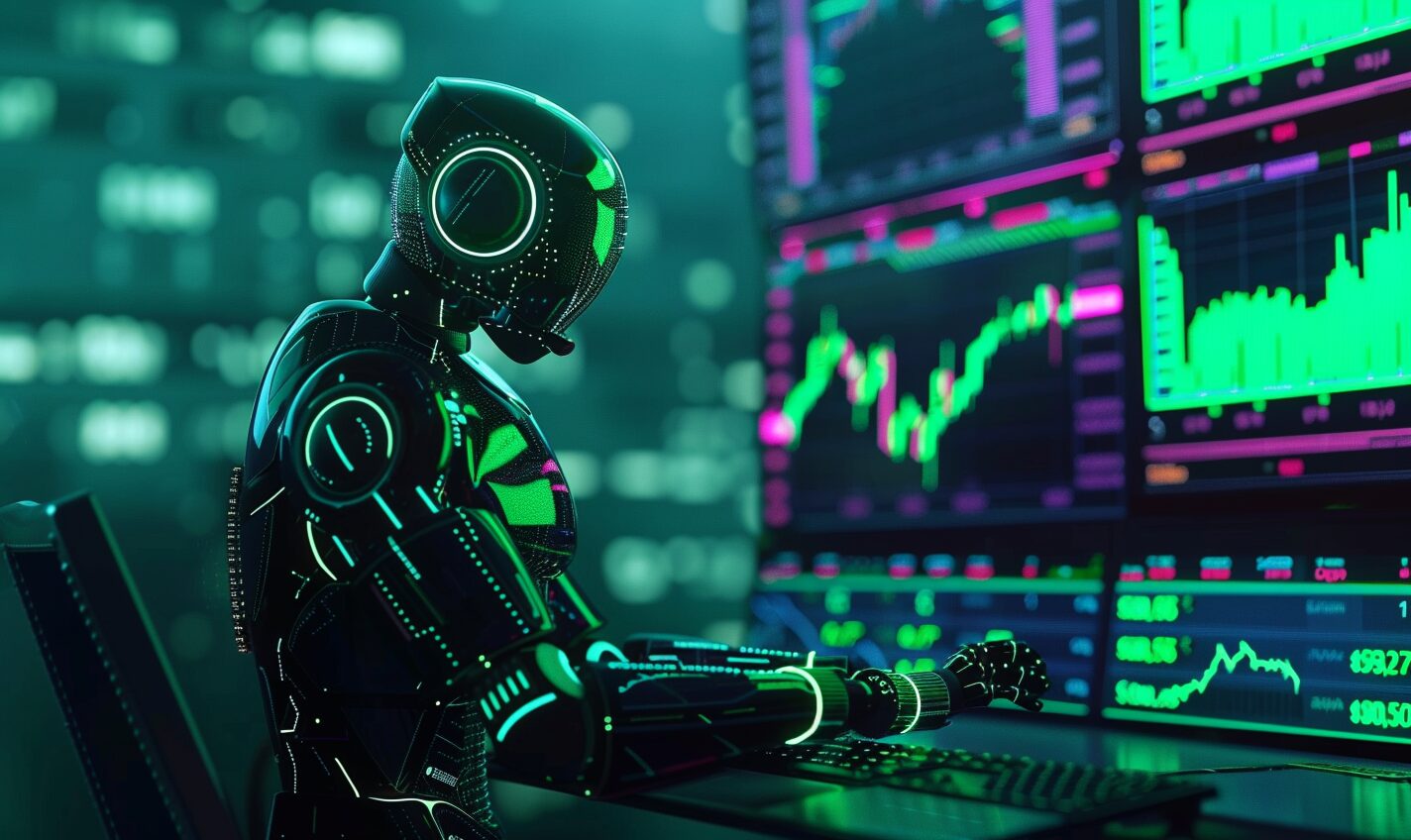Do you know the difference between Machine Learning (ML) vs Artificial Intelligence (AI)?
They share similarities and can seem like the same idea, but when you run a business and have to implement one or the other, choosing the wrong one can lead your company down an unplanned path.
Making sure you know the difference between the options before making a big decision is key with any company-wide turn.
Before any base comparisons or differences can be made, we need to know what the two are first. In simple terms, we can define as AI having wisdom while ML holds knowledge. One can make logical assumptions and the other knows a lot.
The difference isn’t too clear when looking at them from a wide enough angle.
Artificial Intelligence
AI is the more famous term that we hear pretty regularly. The term spans from the field of computer engineering to science fiction and everything in between. In truth, AI began as a fictional concept as far back as ancient Greek mythology with Hephaestus’ golden robots.
As technology grew, we began seeing if we could create a true AI to that of our stories. True AI that could successfully pass a Turing Test hasn’t been found yet, but mankind has made great strides in recent years.
Before IBM’s Deep Blue beat the world chess champion in 1996, another machine invented by Arthur Samuel for the same company was made to play checkers. Samuel wanted to build a checkers-playing robot that was better at the game than himself and he succeeded in 1962, long before Deep Blue shocked the world.
The history of AI is important if we want to understand ML because ML is AI. Basically, all machine learning is AI, but not all AI is machine learning. This is the same as saying that all cobras are snakes, but not all snakes are cobras. They’re simply a slice of a much bigger picture.
Now that we have a handle on our own technology, AI has been divided into two categories:
- The first is applied AI, which is the most common, intelligent form of AI. This is the kind used for automation from factory work to self-driving cars. The other is generalized AI and much less common than the applied sort. This is the ideal AI as it can handle multiple tasks with efficiency and understanding, learning new skills as it goes.
- Generalized AI is less common because of complexity, but this is where machine learning begins.
Machine Learning
Machine learning is the process programs undergo to automatically improve with experience. This is the section of AI that recognizes patterns and either fixes the errors or improves upon the better designs without human input.
The automation aspect allows the AI to move faster and do a better, more efficient job than most people could achieve.
The AI as a whole is focused on understanding information rather than gathering more, whereas ML doesn’t care about understanding and wants to know everything. ML is what you see when sites like YouTube or Spotify recommends more media for you to consume based on what you previously referenced.
This type of AI is all about looking for patterns, finding differences in the patterns, and either pointing them out to the humans behind the wheel or attempting to fix the pattern itself.
ML doesn’t care about why the pattern was disrupted and won’t care about how to fix it unless told to do so. AI will notice the difference and ask itself why there’s a difference at all.
ML usually works on three popular techniques which are supervised learning, unsupervised learning and reinforcement learning.
The first two are easy. Supervised learning works to make a target output, while unsupervised is about pattern detection and no output categories. The third is reinforcement learning which uses observations to reach a specific goal.
Which Is Better?
First, you have to know what kind of outcome you’re looking for.
If you’re trying to make something complicated that has more knowledge than you could ever hope to have, you’ll want to look at AI as a whole. If you’re looking to streamline a process for efficiency’s sake, ML is probably the way to go.
Most companies use ML for their processes. Services like Netflix can suggest new material to customers based on previously known data, and manufacturing lines can work on one task without human input.
A company thinking about putting out the next self-driving car or game-playing robot may want to consider AI, but these are more specialized fields that require the machine to think on its feet to come to a better conclusion than most people could.
Understanding Machine Learning vs Artificial Intelligence
To make the best, safest decision for the company, you need to know as much as you can about the topics at hand.
The history of AI and ML doesn’t seem necessary at first glance, but knowing their conception is the best way to understand their differences.
With the two being so similar, it can be hard to discern which your company needs, so figure out what the goal is and work backward from there.
Recent Stories
Follow Us On
Get the latest tech stories and news in seconds!
Sign up for our newsletter below to receive updates about technology trends














